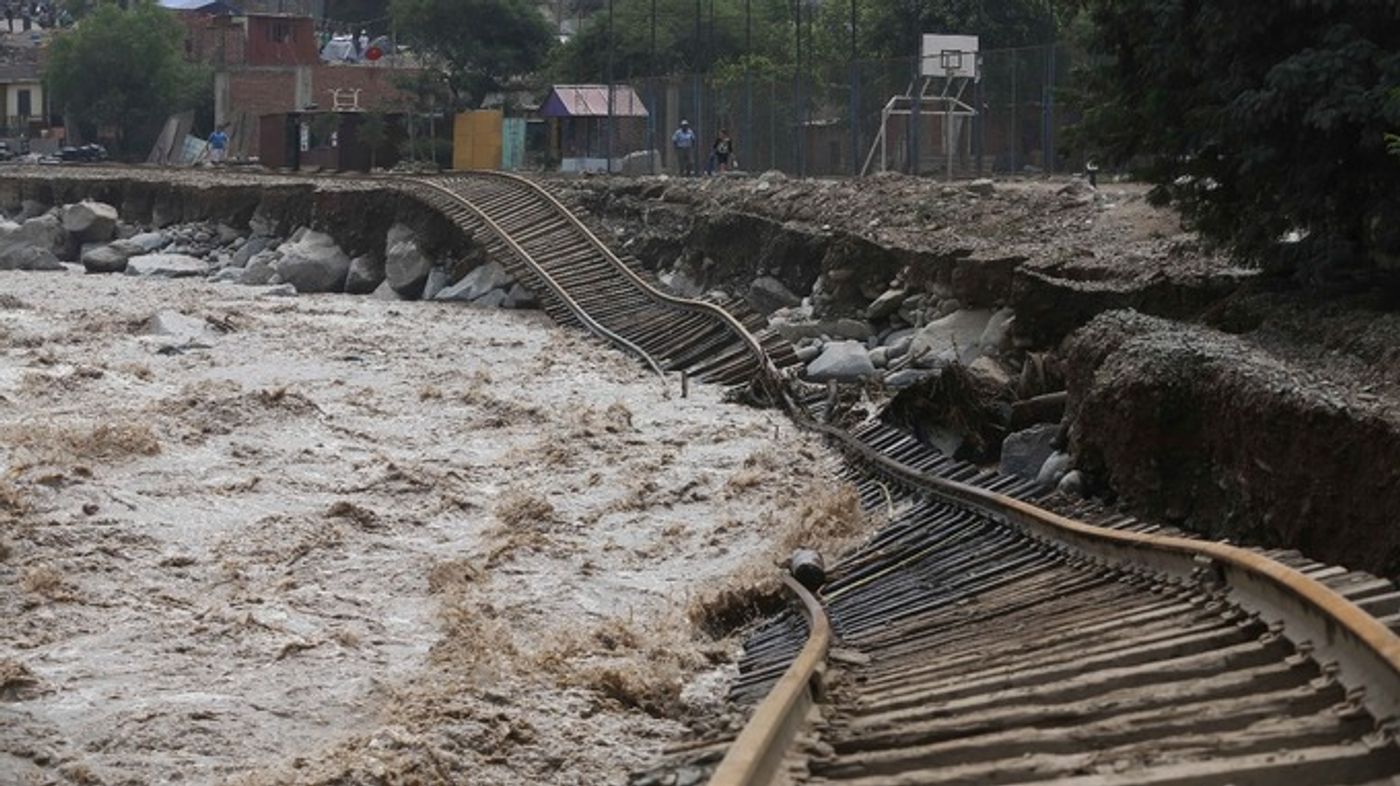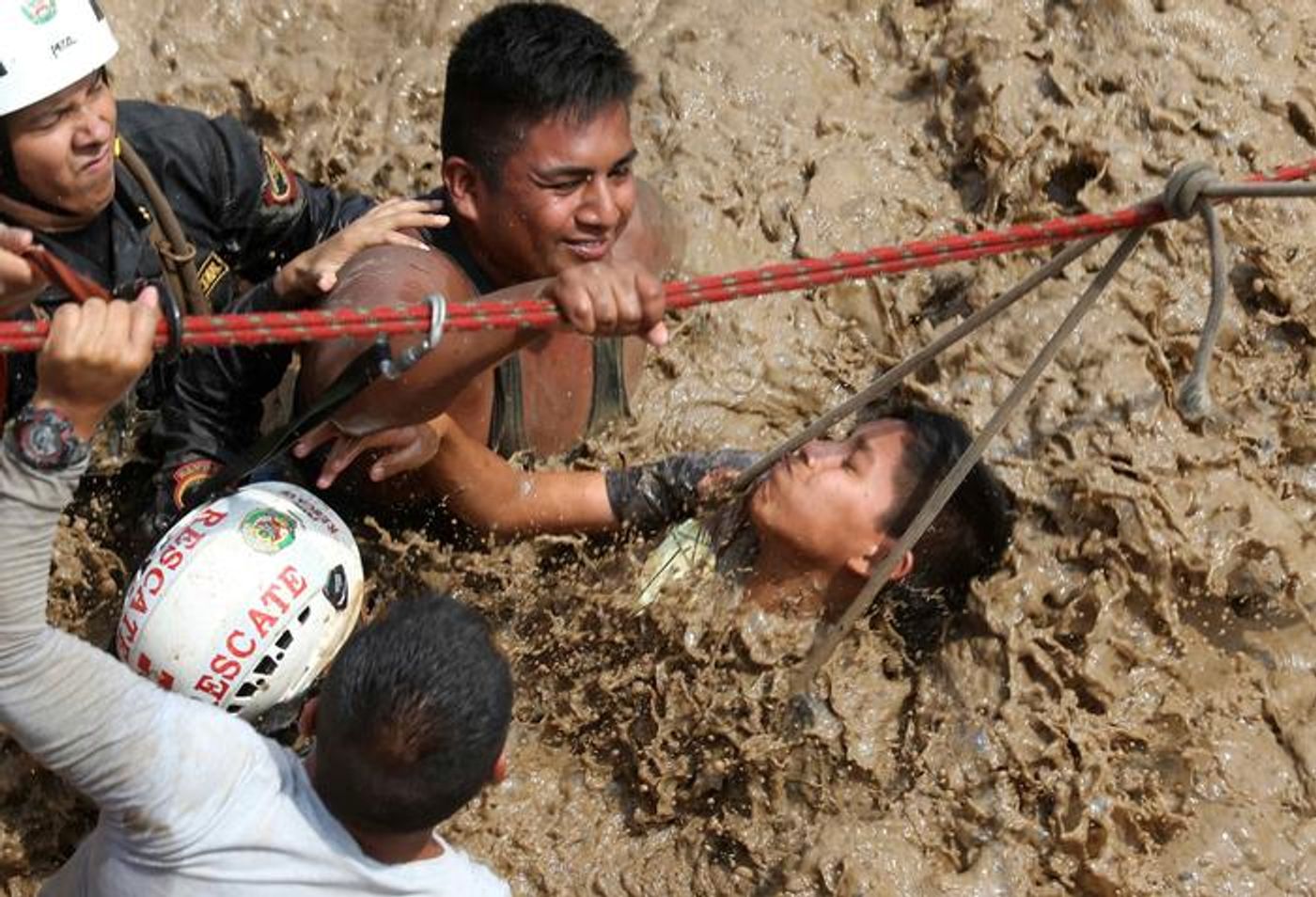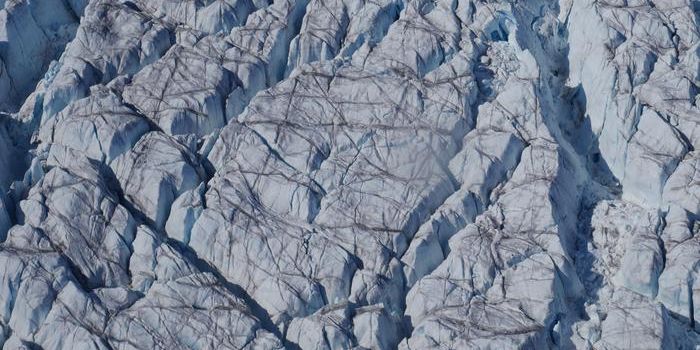Peru faces extreme flooding, avalanches, and mudslides
Just weeks ago Peruvians were begging for rain, as much of the country was experiencing an intense drought. But as often happens with droughts, when the rains finally came, the earth was so dry it could not absorb the water well. That mixed with the extreme precipitation that the country has received over the last few days has left 75 Peruvians dead. Moreover, following Prime Minister Fernando Zavala, to date 72,115 Peruvians have lost everything and 567,551 have suffered less serious damages.
The rainy season has delivered 10 times more rainfall than usual and comes as a result of the El Nino effect; the country is predicted to receive even more precipitation in the coming days. The torrential rains have caused avalanches, mudslides and extensive flash flooding; a state of emergency has been declared in more than 800 cities.
"There will be heavy rains in northern regions and in central Lima over the coming days, so the alert situation remains in place," Zavala said Saturday.
El Nino refers to the periodic warming of Pacific Ocean waters, which charges clouds with tremendous loads of water that subsequently fall on coastal areas, initiating avalanches from steep hillsides and causing rivers to overflow. There has been an unusual warming of sea surface temperatures off Peru’s northern coast by five to six degrees, reaching up to 29 degrees Centigrade (84 degrees Fahrenheit.) This is expected to continue through April.
One of the cities that is in a state of emergency is Huarmey, 300 kilometers (180 miles) north of Lima. Som parts of the city are currently under as much as a meter (3.3 feet) of water. The city's mayor, Miguel Sotelo, has demanded help from the president to provide heavy equipment to help divert the course of the river that has been flooding Huarmey: "My village is inundated," he said. "Three days and we're still underwater. There is no light or food in my village."
There are huge efforts of humanitarian aid being mobilized in the area to bring food and water to those affected, and the military has deployed troops to help keep public safety. The health ministry has been fumigating pools of water in the streets to kill mosquitoes that carry diseases like dengue, while the government is working to repair three bridges, in Huarmey and nearby Casma, that had collapsed. Fixing such infrastructure is imperative in order to reach areas in the north of the country that are cut off. "This is the road that links the north of Peru to Lima," said Viru Mayor Ney Gamez. "This is a cry for help."










